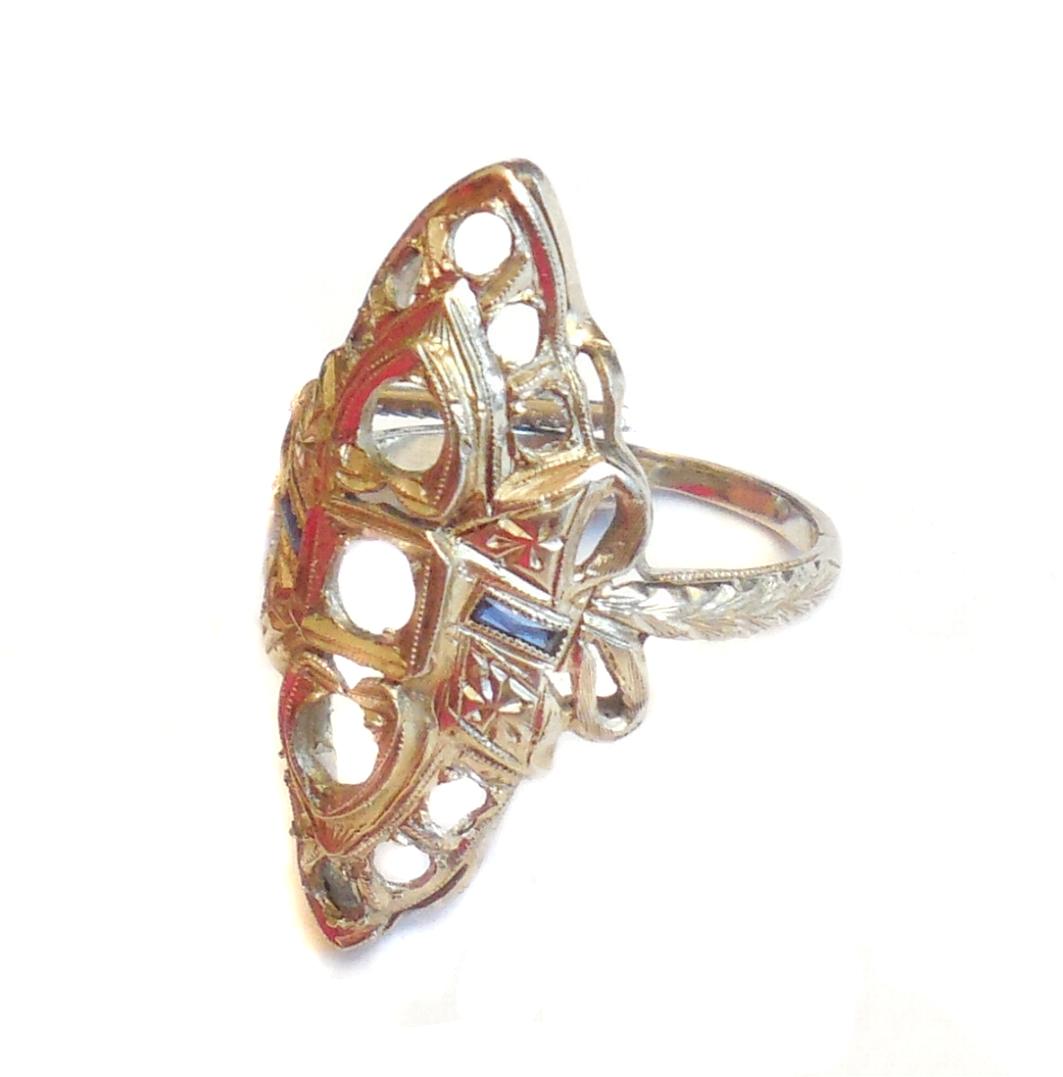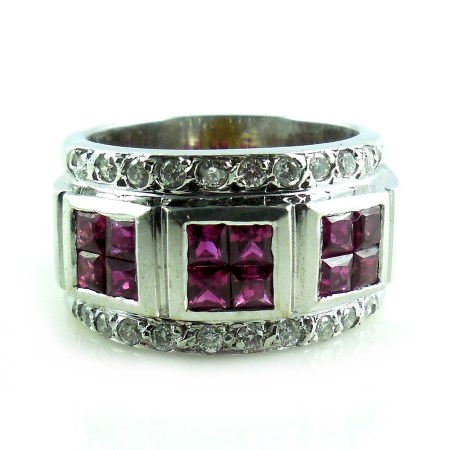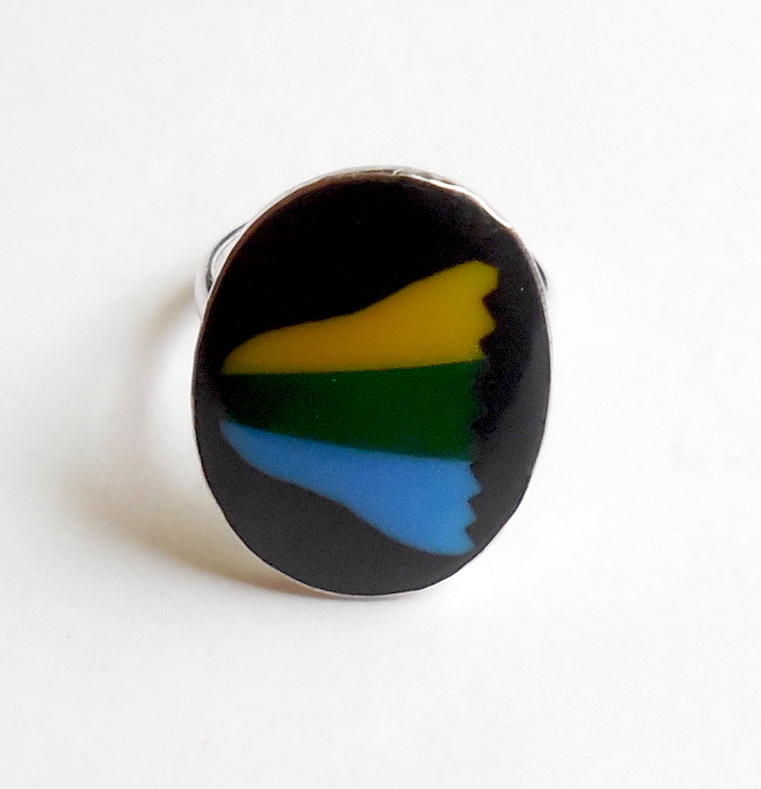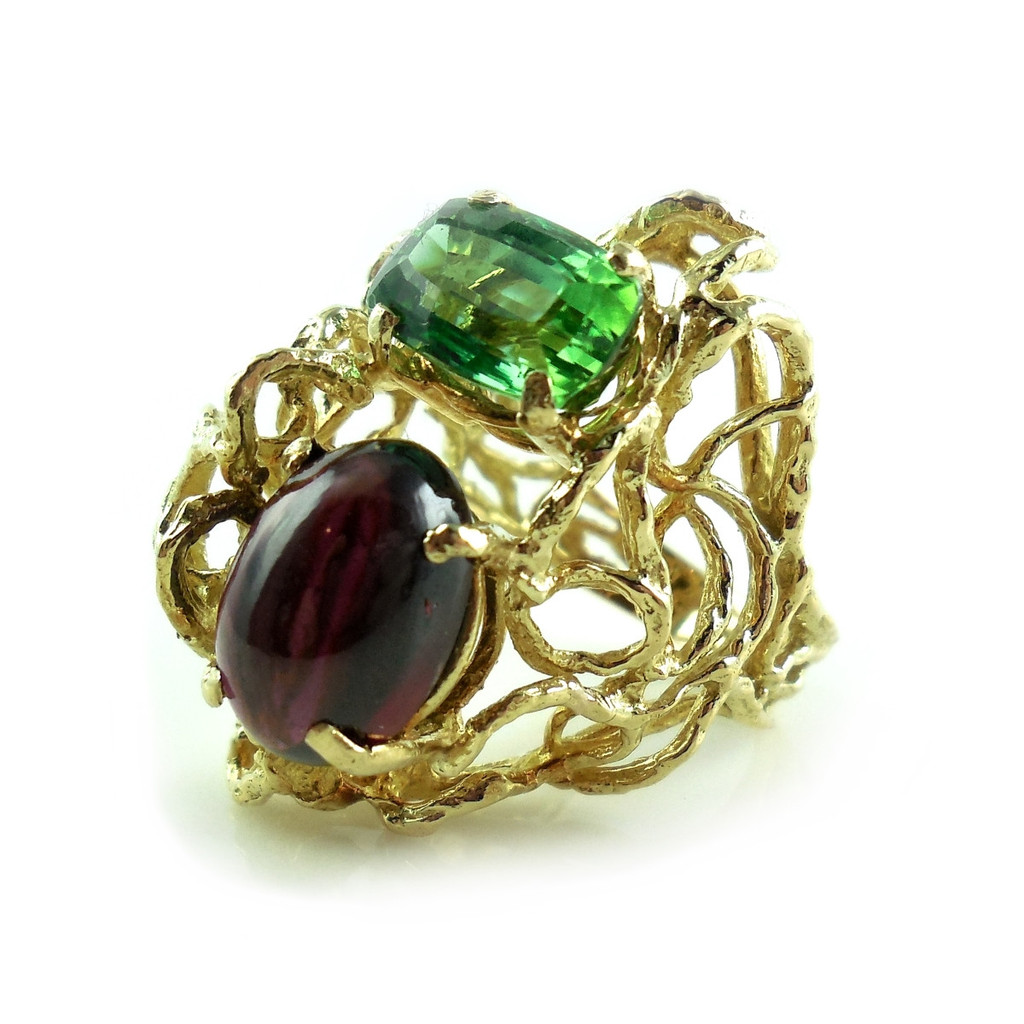Description
About Art Deco Jewelry:
Reference – http://www.collectorsweekly.com/fine-jewelry/art-deco
In the mid-1920s, the Art Nouveau movement gave way to Art Deco, which was popular throughout the 1930s. Like Art Nouveau, Art Deco had strong roots in France. The name is thought to have been taken from L’Exposition des Arts Decoratifs et Industriels Moderne in Paris in 1925. However, the phrase was not commonly ascribed to the aesthetic until 1968, when English art historian Bevis Hillier wrote his definitive “Art Deco of the 20s and 30s.”
Unlike Art Nouveau jewelry, which celebrated organic and flowing forms, Art Deco jewelry is marked by its geometry and symmetry. It is more in common with the highly graphic and stylized designs of Arts and Crafts than Art Nouveau. In addition, Art Deco is a product of the machine age. Thus, Art Deco designs often adhere to grids, while other examples appear to be in motion, as if their lines had been pulled by the mechanical acceleration of the object itself.
Two of the most revered jewelry designers of the period were Cartier and Van Cleef and Arpels. Well-known for their diamond-studded bracelets, ruby-flecked brooches, and sapphire earrings. Their design expressed the opulence and free-spending abandon of the 1920s.
Many Art Deco pieces were influenced by trends in fine art, particularly Cubism and Futurism.
Egyptian Revival designs are also sometimes lumped into the sphere of Art Deco. And Art Deco jewelry was produced in gold, perhaps nowhere better than in Pforzhem, Germany, where goldsmiths such as Emil Lettre and Theodor Wende made pendants, brooches, and other forms in graphic, geometric designs, sometimes incorporating emeralds and pearls into their work.















